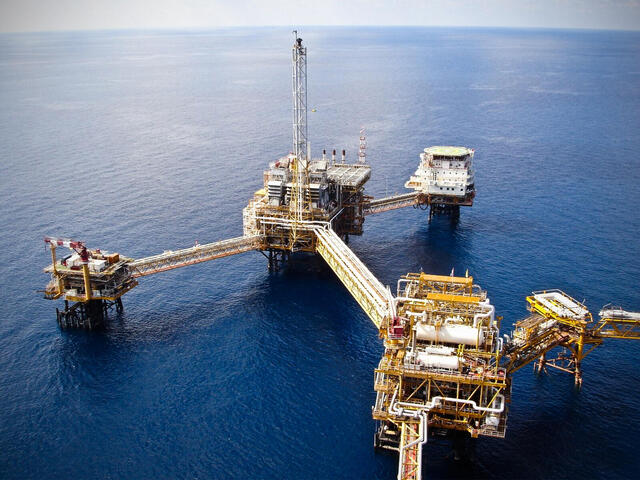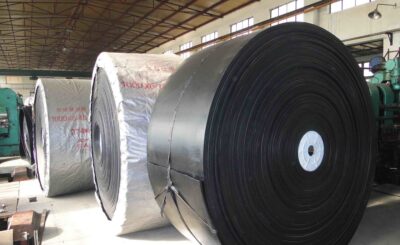Every industry has its own lingo and jargon, and the oil and gas industry is no different. Competent Persons Reports are used to validate that oil wells are not leaking, to assess whether drilling platforms meet industry safety standards, and more generally to ensure that drilling operations are running smoothly and safely. They’re so important in the oil and gas industry that it’s almost impossible to get any sort of drilling done without one! In this guide, we’ll explore what makes a CER tick.
What is a Competent Person Report (CPR)?
A competent person report is a document prepared by qualified experts that can be used to certify that a particular activity or piece of equipment is working properly. These reports are often utilized in oil and gas industry to certify that well casings, pressure vessels, piping systems, etc. are safe for use. They are also often used to protect against liability for damage caused by faulty equipment or dangerous conditions around drilling rigs.
Why is it important?
A competent person’s report can be used to determine if a project is worth proceeding with. The report also provides information about how safe a project is, whether there are any environmental concerns, what type of environment the work will take place in, how much money it will cost to complete the project, and how long it will take. This information is crucial for investors when making their decision on whether or not to invest in a project. A competent person’s report must be written by an individual who has all necessary qualifications for that specific work, often including engineering degrees.
Challenges in writing CPRs
Competent person reports are used to report on a variety of engineering work. They are typically used for providing a certification or verification that a system, process, or product meets required standards, specifications, or performance requirements.
CPRs may also be used when there is no standard available for a particular type of service performed. It can be difficult to know when you need to write one and what should be included in the report. The amount of detail you provide will depend on who is reading it. For instance if you are writing an internal CPR for your company’s use only then you would include more detail than if you were writing one for another company to review before they purchase your services.
Benefits of using an expert to write the CPR
As an oil and gas company, it is imperative that you are aware of all risks that may exist on your site. It is also important to have a competent person report (CPR) created for each well on your site to communicate potential hazards, hazards that are likely to occur, or existing hazardous conditions. It is recommended by API RP 520 that this document be updated at least once every three years. A CPR will help identify any potential risks so they can be prevented or mitigated ahead of time.
A checklist for writing your own CPR
- Develop a list of potential qualified experts who can produce a competent person report.
- Confirm whether or not a CPE is required for your project. If so, you need to know what type is needed for your project and find a qualified expert who can provide this service. If not, skip to step 3
- Determine the qualifications that are necessary to be considered an expert in the field relevant to your project. For example: engineering qualification like professional engineer (PE) or registered professional engineer (RPE). Alternatively, if your project requires expertise in another area outside of engineering, then you may need someone with another specific qualification such as: geologist (GSE) or mining engineer (ME).








